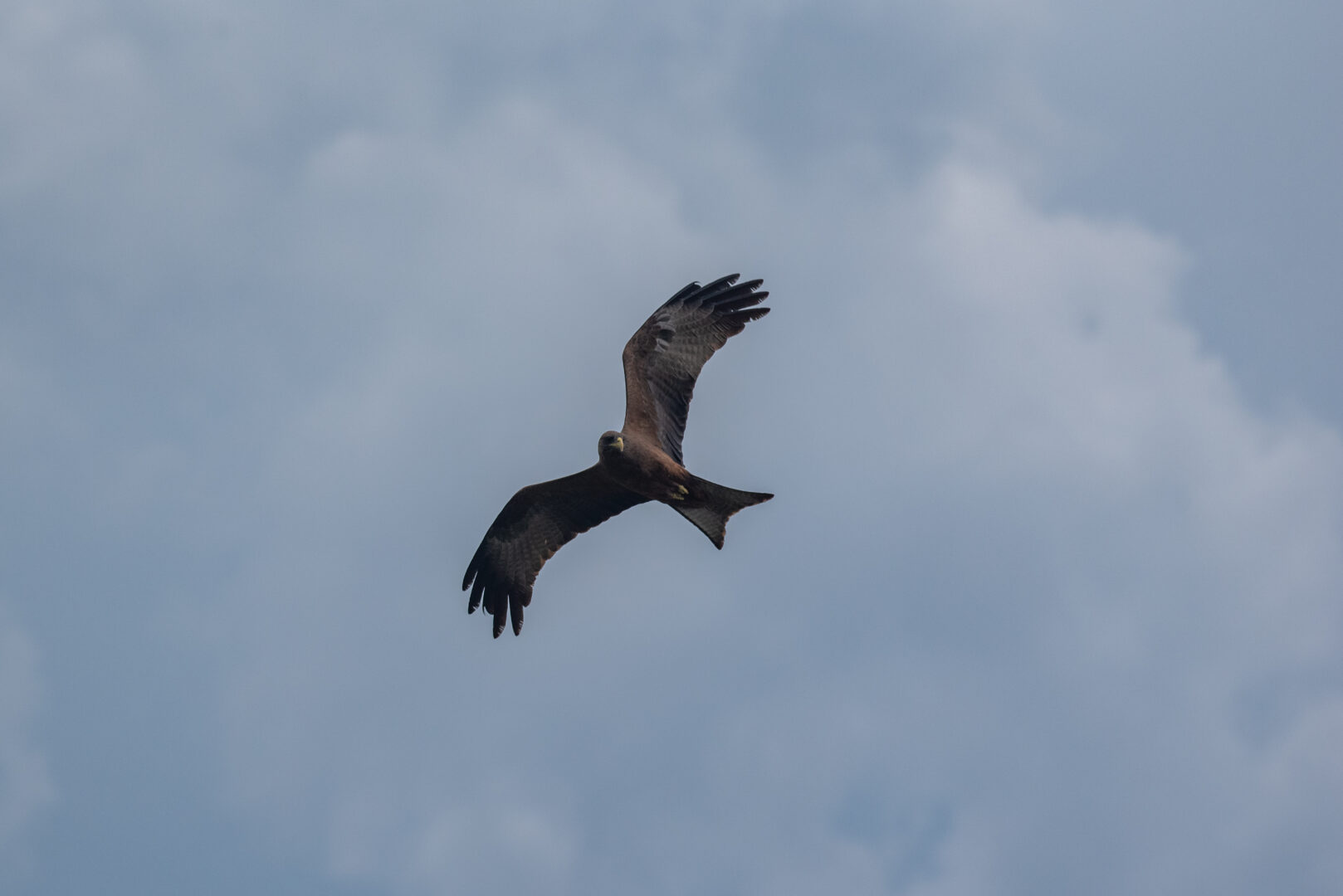The mighty Kavango Zambezi Transfrontier Conservation Area (KAZA TFCA) is the largest transboundary landscape in the world, and Peace Parks Foundation has been working with member states to support its development since 2004. Its vast and remarkable mosaic of ecosystems is spread across five countries, encouraging abundant wildlife populations to roam freely across borders.
Throughout the 520,000 km² region, long-established flyways are critical for the patterns and rhythms of bird migration. Of more than 650 recorded bird species, 524 are known to breed within the region; others travel as far as Europe and Asia in search of food and nesting sites. This rich landscape provides vital stopovers, from wetlands, pans and floodplains to grasslands and bushveld.
Cascade of Impact
Bird migration is heavily reliant on environmental conditions, and often a game of chance. For birds to weather these epic flights, protected areas in isolation aren’t enough. A network of flight corridors spanning the five countries guides migrant birds, with ecological linkages providing safe passage and access to food, largely insects, that they need for the energy to survive and reproduce.
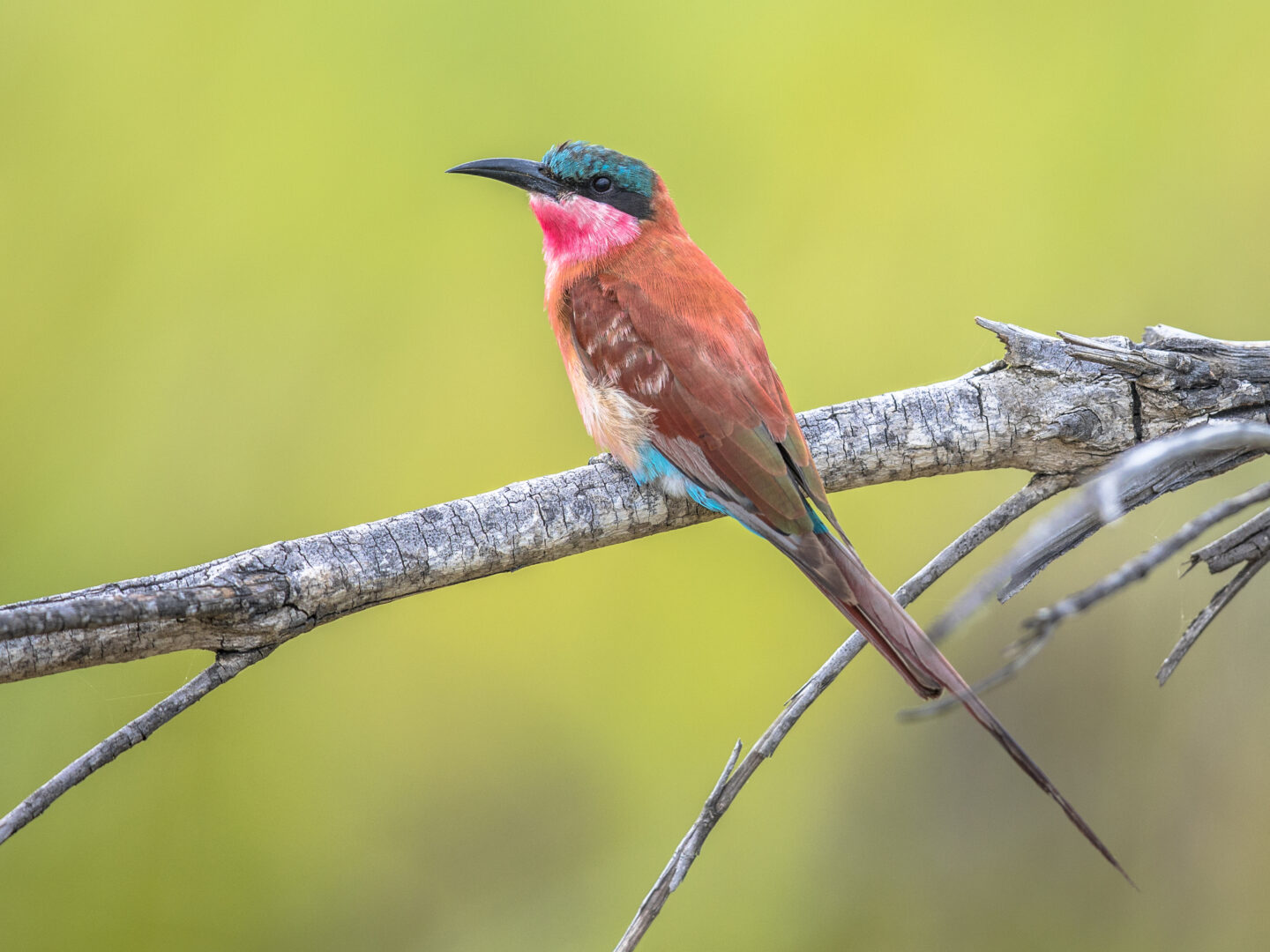
Bird and insect communities are a classic example of coevolution; they depend on each other for survival. As insect numbers decline from pesticide use, loss of habitat and changing weather patterns, migratory birds are faced with pitstops that offer little to eat on their long journeys. Drought, in particular, along migratory routes can be fatal. Flight paths and timings are altered by weather patterns and can mean that birds arrive at their stopovers when insects, which are also affected, are no longer available. Without bugs in abundance, insect-eating migratory birds cannot breed, replenish their energy stores, or regulate body temperature, and literally fall out of the sky. With them go their critical roles in the greater ecosystem – including the necessary and yet ironic control of insect populations.
Route to Protection
A new initiative called the Great Kavango Zambezi (KAZA) Birding Route Project aims to create a comprehensive birdwatching route across the five states of the Kavango Zambezi. This route highlights the diverse bird species and attractions in the region, whilst also connecting with nearby attractions in partner countries. This will ensure that migratory species are better protected by all countries with a stake in the region. Simalaha Community Conservancy, nestled in the Zambian component of the transboundary landscape, is an important partner of the project. Peace Parks Foundation has been working alongside the people of Simalaha since 2012, with a focus on improving the social, economic and environmental circumstances of the region. Simalaha’s abundant wetlands sustain many migratory bird species which flock to, and through, neighbouring areas of outstanding species richness, such as Machile and Simungoma Key Biodiversity Areas.
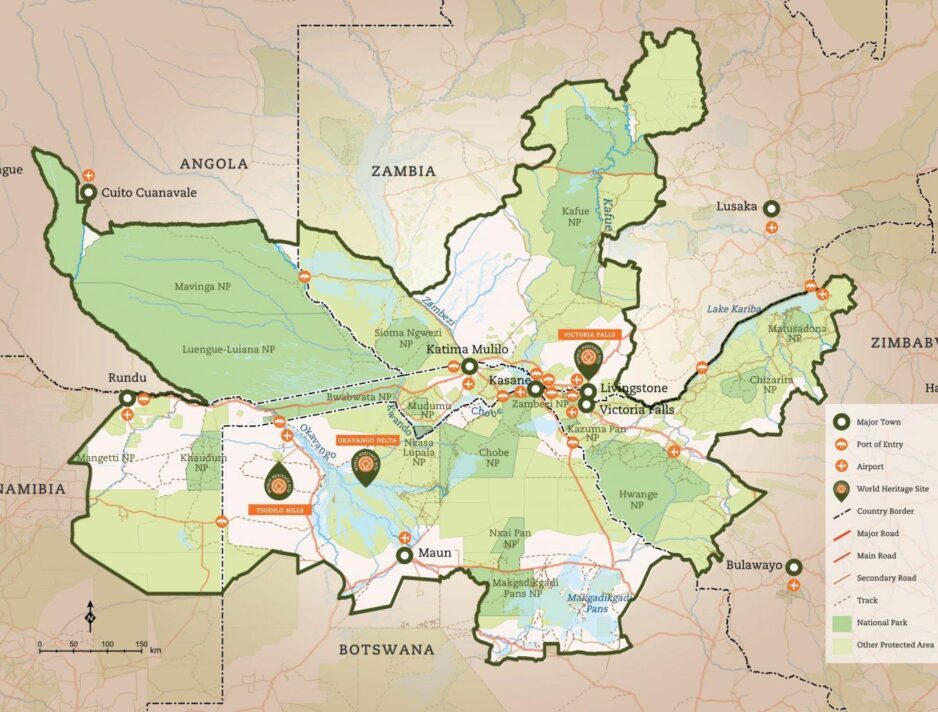
BirdLife partners in the region are working together with the KAZA Secretariat, tourism ministries, authorities, and stakeholders to implement the project across all five countries, embracing Zambia’s Simalaha. Together, they have designed a strategy to position the Kavango Zambezi as an attractive international birding tourism destination. This approach has numerous benefits: it can sustain insects, birds and people in the long term, considering large-scale conservation and sustainable tourism hand-in-hand. Income generated by visitors supports communities, and is reinvested in protecting wildlife and habitats.
Flying the Flag for Avitourism
Birdwatching, or avitourism, is one of the fastest-growing nature-based activities worldwide. Birdwatch Zambia, one of the project implementing partners, is an environmental NGO which promotes the study, conservation and general interest in birds and their habitats in Zambia. They are working with Peace Parks Foundation to put Simalaha on the birding map along a route that follows the flyways, taking in UNESCO World Heritage Sites such as the Victoria Falls along the way. The revenue from accommodation and tours will support ecosystem restoration and connectivity.
We are excited about this project, as it will help safeguard bird populations concentrated in key areas, such as Simalaha. The route will add tourism value to the region, and it will position Zambia as a top birding destination. Locally, it will generate jobs and income, supporting both communities and conservation efforts.
Andrew Mbenjile, Project Officer at Birdwatch Zambia
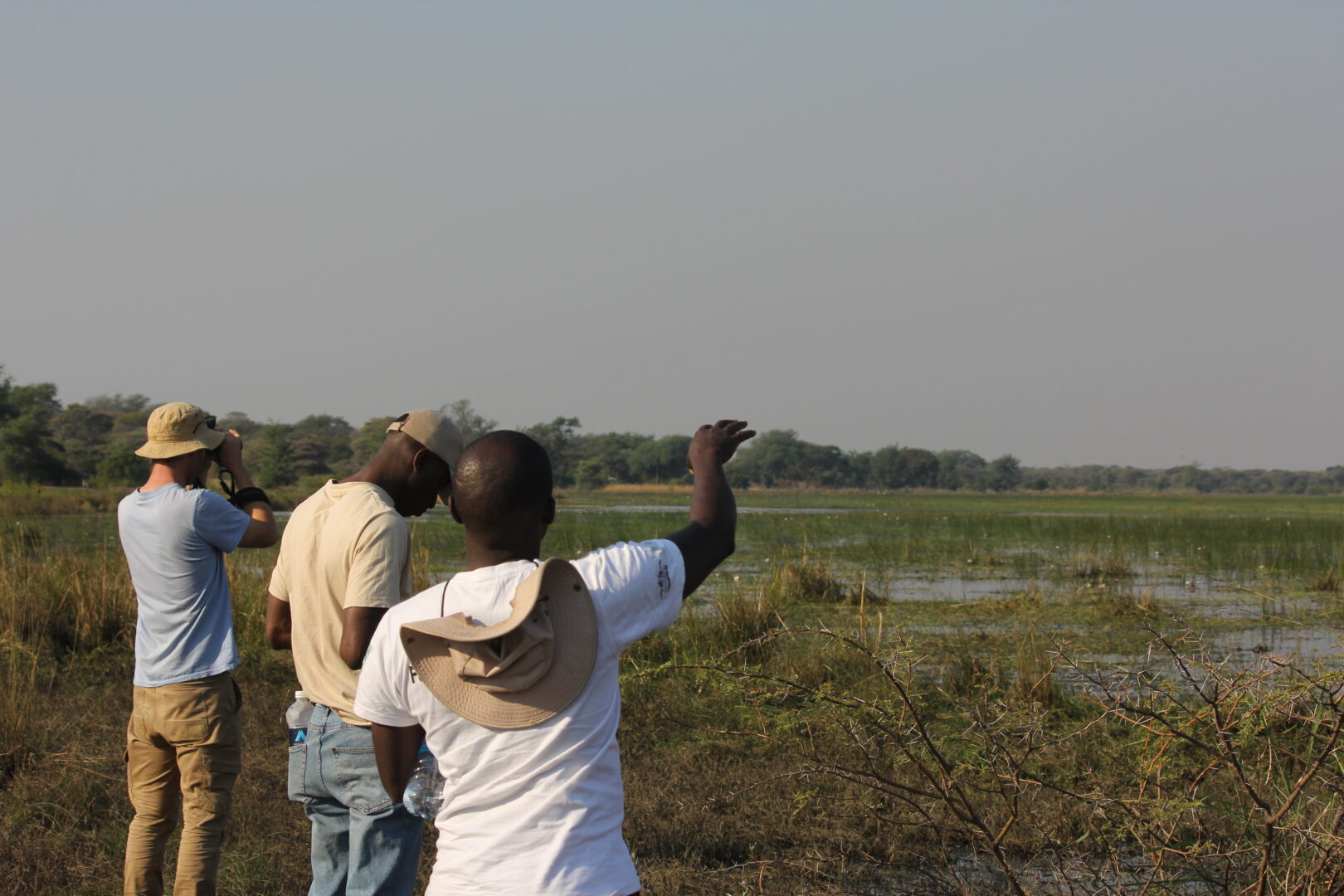
The project will be training guides in avitourism, providing local people with jobs, and encouraging them to protect birdlife. Ten Zambian bird guides will undergo training in 2024, and Simalaha hopes to upskill its own community scouts to guide visitors. Community Assistant Brian Mulomba sees the conservancy’s place on the birding route as crucial.
Over and above their appeal to tourists and source of revenue and jobs, birds are critical in Simalaha’s landscape. They help support and enrich ecosystems, and they also hold great educational and cultural value for local communities.
Brian Mulomba, Community Assistant, Simalaha Community Conservancy
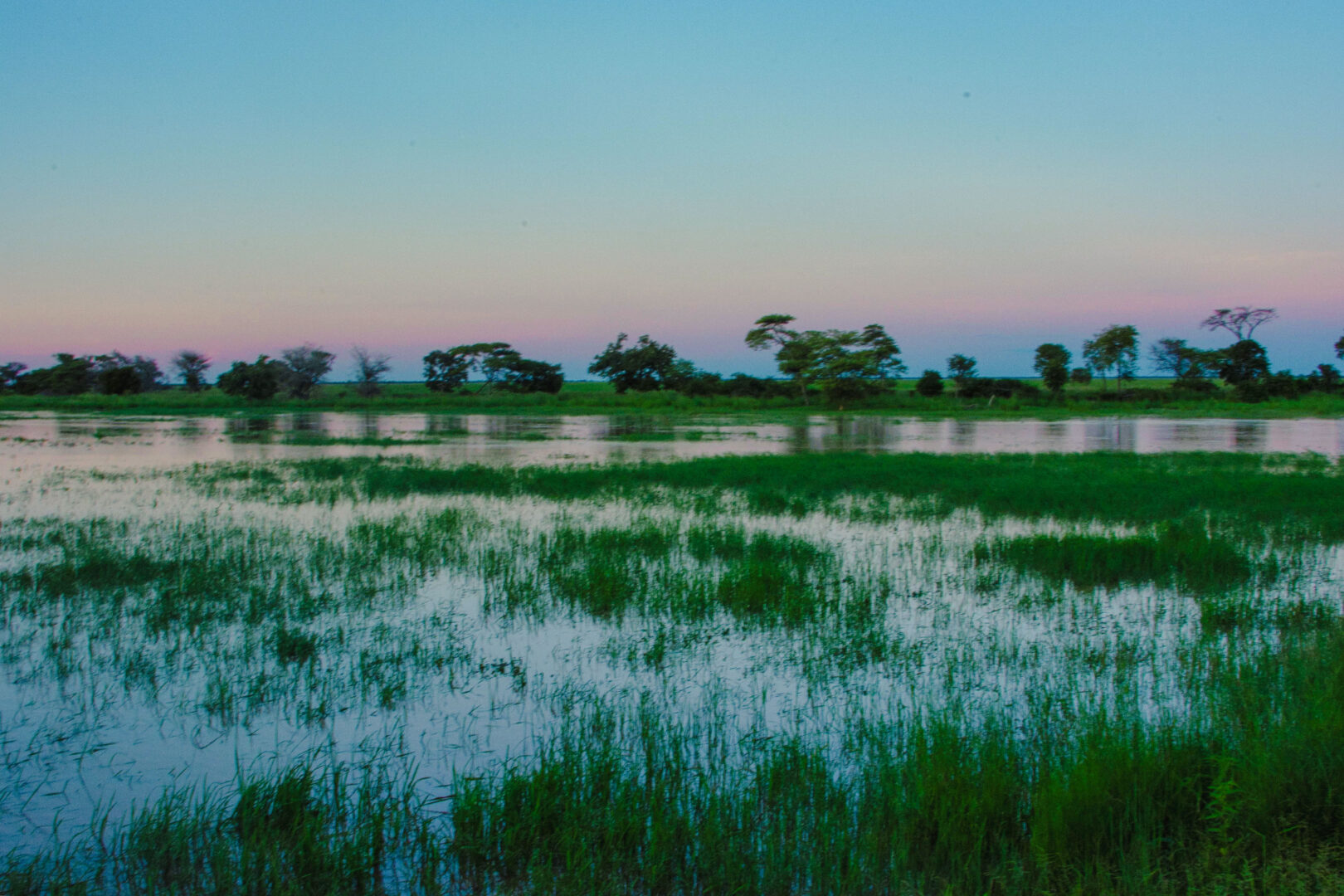
How can you help?
Assessing populations of migratory birds is extremely difficult, and teams are struggling to document the extent of these threats. Project partners are logging sightings in their regions using the eBird app to build a picture of populations and movements throughout the transboundary landscape. A large bank of data is needed to map impacts on birds, and shape conservation strategies which can protect them and help buffer the effects of climate change. Citizen science is key – people far and wide can access the eBird app to log any bird sightings, and deaths, contributing to the project’s success and worldwide conservation efforts!
The Great Kavango Zambezi Birding Route Project is being funded by the German Federal Ministry for Economic Cooperation and Development, through the German Development Bank KfW. The project is being implemented by BirdLife Zimbabwe; BirdLife Botswana; BirdWatch Zambia; Namibia Nature Foundation; Kissama Foundation; BirdLife International and BirdLife South Africa.
